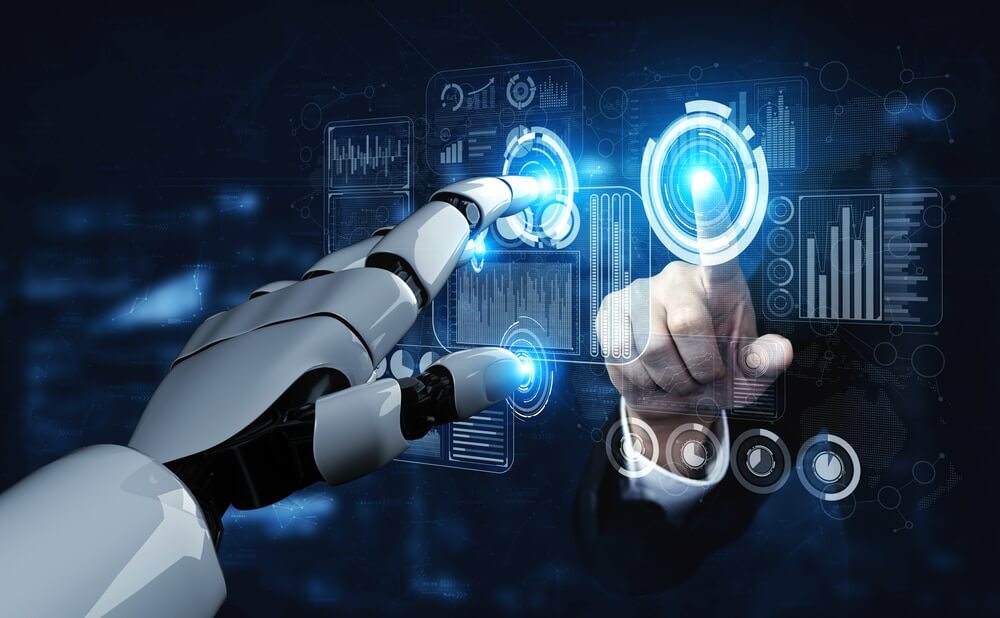
Innovative Technology: Robots’ Enhanced Object Recognition Skills
In the bustling Intelligent Robotics and Vision Lab at The University of Texas at Dallas, a robot is busy pushing a toy package of butter around a table. Developed by UT Dallas computer scientists, the robot, with each push, learns to recognize the object through a revolutionary system.
A Quantum Leap in Learning
Previous approaches relied on a single push or grasp to teach a robot about an object. However, this new system allows the robot to push objects multiple times. This repeated interaction results in the collection of a sequence of images. Thus, it enables the system to meticulously segment all the objects until the robot can recognize them. This breakthrough has the potential to enhance a robot’s object recognition abilities significantly.
Robots That Can Cook? A Step Closer
The dream of robots cooking dinner and handling household chores may still be a distant future. However, the research group at UT Dallas has taken a noteworthy step forward. They have developed a robotic system empowered by artificial intelligence (AI) that can aid robots in better identifying and remembering objects. Dr. Yu Xiang, the senior author of the research paper, emphasizes the importance of this technology for tasks like fetching a mug or bringing a bottle of water to a person.
Generalizing Object Recognition
The researchers’ creative technology is designed to assist robots in detecting a wide range of objects commonly found in various environments, including homes. It’s particularly adept at generalizing, enabling robots to identify similar versions of common items, even if they come in different brands, sizes and shapes.
Innovative Technology: Learning Through Interaction
Inside Dr. Xiang’s lab, a mobile manipulator robot named Ramp undergoes training. Ramp, a robot from Fetch Robotics, has a height of approximately 4 feet and features a lengthy mechanical arm equipped with seven joints. At the end of the arm, there’s a square “hand” with two fingers for grasping objects. The robot learns to recognize objects like children learn to interact with their toys – through interaction and repetition.

The Power of Repetition
What sets this method apart is the robot’s persistent effort. Instead of a single push, the robot pushes each item 15 to 20 times. This repetitive approach allows the robot to capture more images with its RGB-D camera, with a depth sensor. This comprehensive data collection minimizes the chances of errors, leading to more accurate object recognition.
Crucial for Robotic Tasks
Recognizing, differentiating, and remembering objects, known as segmentation, is a fundamental function essential for robots to perform various tasks. The field of robotics has witnessed a substantial leap forward with the introduction of this innovative system, which utilizes extended periods of interaction to improve object segmentation.
A Learning Experience
Ninad Khargonkar, a computer science doctoral student involved in the project, emphasized the importance of real-world testing. Working on this project allowed him to enhance the algorithm guiding the robot’s decisions. Therefore, bridging the gap between theoretical algorithms and practical applications.
Innovative Technology: Future Goals
The research team’s next objective is to improve other critical functions, including planning and control. These enhancements could enable robots to efficiently tackle complex tasks such as sorting recycled materials.
This groundbreaking research, which represents a collaborative effort by a team of dedicated researchers, is partly supported by the Defense Advanced Research Projects Agency (DARPA). The Perceptually-enabled Task Guidance program at DARPA aims to advance AI technologies that assist users in performing intricate physical tasks, expanding their skill sets and reducing errors through augmented reality guidance.




